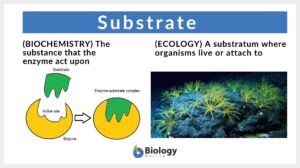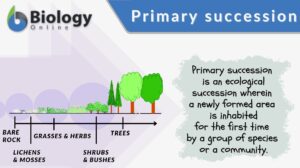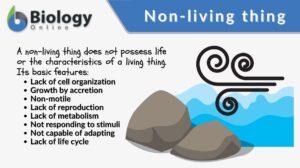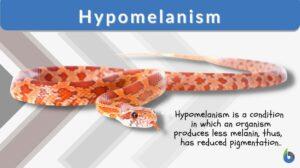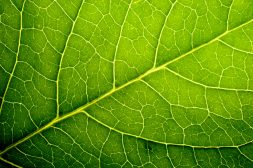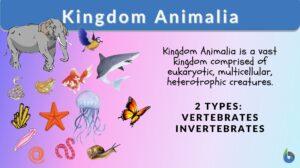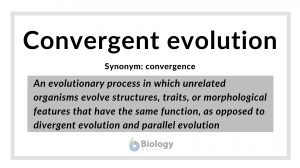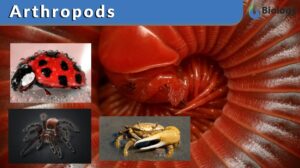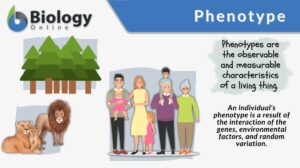Search Results for: sand
Hydatid sand
Hydatid sand The scoleces of Echinococcus tapeworms in the fluid within a primary or daughter hydatid... Read More
Filtration
Filtration Definition What is filtration? Filtration is separating a solid from a fluid through a porous material that... Read More
Primary succession
Primary Succession Definition Primary succession is an ecological succession where a newly formed area is inhabited for the... Read More
Terrestrial animal
Definition noun, plural: terrestrial animals Any animal that lives, grows and reproduce on terrestrial (or... Read More
Marram Grass
A xerophyte plant commonly found on coastal sand dunes, which are usually one of the first pioneers to colonise the area in... Read More
Diatomaceous earth
Definition noun A type of silica-rich dirt which is soft, fine-grained, porous, light-coloured, and composed of the... Read More
Non-living thing
Non-living Thing Definition A non-living thing in biology means any form without a life, such as an inanimate body or... Read More
Homogenate
Definition noun, plural: homogenates Material that has been homogenized or obtained through homogenization. Supplement For... Read More
Anthropophilia
Definition noun (parasitology) The preference of a parasite for human than other animals as host Supplement In parasitology,... Read More
Hypomelanism
All the body cells of living organisms bear some color due to one or the other pigment molecule or complex. The pigment can... Read More
Nematology
Definition noun The scientific study of nematodes (roundworms) Supplement Nematology is a branch of biology that deals... Read More
Pioneer species
You might have come across news of some barren lands turning into luscious grasslands or forests after decades? Or you might... Read More
Kingdom Animalia
Kingdom Animalia Definition Each person can say that they know of or can name at least one animal. However, do people know... Read More
Convergent evolution
Convergent evolution definition What is convergent evolution? Convergent evolution is a concept in evolutionary biology... Read More
SENI Biometric Analysis on the extinct Scincidae species: Macroscincus coctei (underlined)
Brian L. Schnirel Leeway Corucia Research Center (LCRC) Courtesy: Polyphemos (2004) Introduction: It has been... Read More
Mineral soil
mineral soil (Science: ecology) Any soil consisting primarily of mineral (sand, silt and clay) material, rather than organic... Read More



